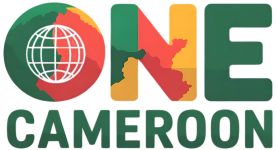Cameroon’s geographic diversity is encapsulated in its nickname, “Africa in miniature.” Within its borders lie rainforest jungles, rolling highlands, savannah plains, and even portions of
Cameroon’s forests—spanning lowland rainforests, montane cloud forests, and mangroves—are ecological linchpins for biodiversity, climate regulation, and community livelihoods. Over 40% of the country’s land area
Across Cameroonian cities, a wave of youth-driven entrepreneurship is redefining economic possibilities. Faced with limited formal employment opportunities and a burgeoning youth population—over 60% under
Cameroon’s 402 km coastline supports numerous fishing communities whose livelihoods revolve around artisanal and small-scale commercial fishing. From coastal villages near Limbe to lagoon settlements
As Cameroon pursues economic growth and electrification goals, renewable energy and sustainable practices have emerged as critical components of development strategies. Although the national grid
Education is fundamental to Cameroon’s long-term development goals. With a population exceeding 28 million and over 250 ethnic groups, the government and private sector have
Cameroon’s Atlantic coastline, stretching over 400 km from the Nigerian border to the border with Equatorial Guinea, features diverse coastal landscapes: sandy beaches, rocky outcrops,
Agriculture underpins Cameroon’s economy and sustains the livelihoods of over 60% of its population. The country’s climatic zones—from humid rainforests in the south to arid
Cameroon’s varied ecosystems—coastal mangroves, dense rainforests, savannah plains, and mountain highlands—harbor an astonishing wealth of biodiversity. As one of Africa’s most ecologically diverse countries, it
